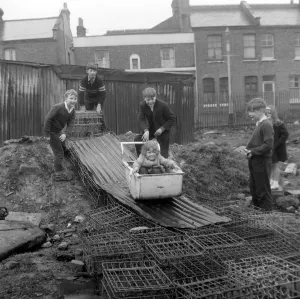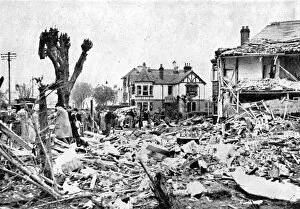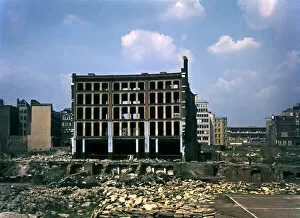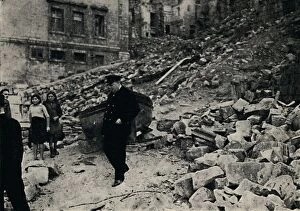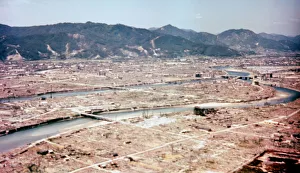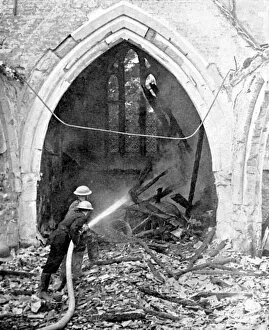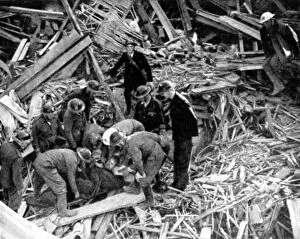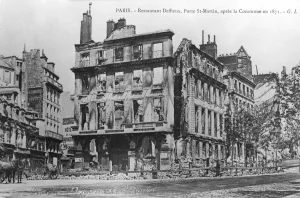Bombsite Collection
From the aftermath of war to the resilience of humanity, bombsites have witnessed it all
All Professionally Made to Order for Quick Shipping
From the aftermath of war to the resilience of humanity, bombsites have witnessed it all. In Rock Steady's iconic photograph 'Last of the Teddy Girls', we catch a glimpse of both fashion and attitude amidst the rubble. The image by Ken Russell captures a rebellious spirit that refuses to be broken. Meanwhile, in Battersea, children find joy even on a bombsite as they play on a makeshift bobsled. Their innocence shines through despite the destruction surrounding them on that fateful day in April 1963. Traveling back further in time, we witness air raid damage in Clacton-on-Sea during World War II. The haunting image from April 1940 serves as a reminder of the horrors faced by communities across Essex. Closer to home, Central London bears its own scars with remnants of a bombed site standing tall against adversity. These ruins tell stories untold and remind us of our collective strength during times of crisis. Looking beyond borders, Lille stands as an example of ruin during World War I. Ernst Oppler's creation transports us to 1916 when devastation marred this French city but failed to extinguish hope for better days ahead. Winston Churchill's visit to battered Malta in 1943 showcases his determination and solidarity with those affected by war. This powerful moment captured by an unknown creator speaks volumes about leadership and compassion amidst chaos. Shirley Markham's depiction takes us back to Hampstead in 1951 where another bombsite becomes evidence not only of destruction but also renewal, and is here that life finds its way through cracks left behind by bombs dropped from above. Trigo Road in Poplar tells a similar tale with bombed houses bearing witness to Londoners' resilience during WWII. Despite their homes reduced to rubble, these individuals stood strong together against adversity. Mark Lane offers another snapshot into post-war London where rebuilding efforts were underway after enduring relentless bombings throughout WWII.

